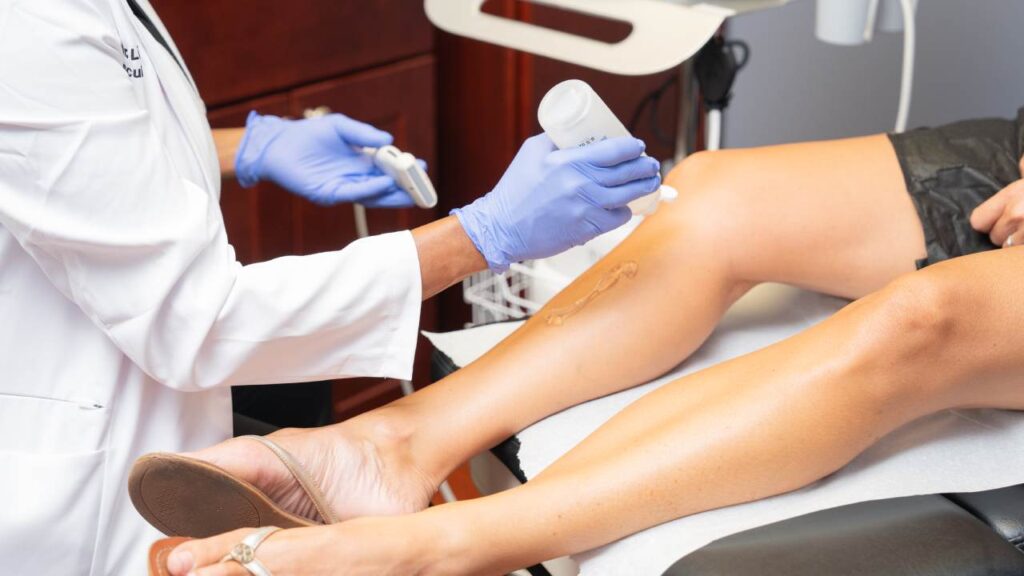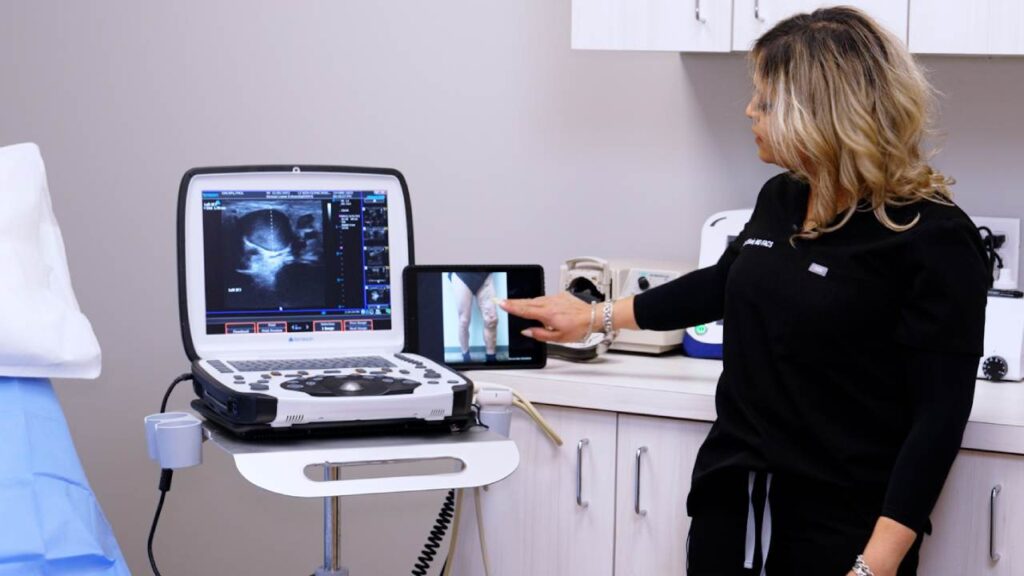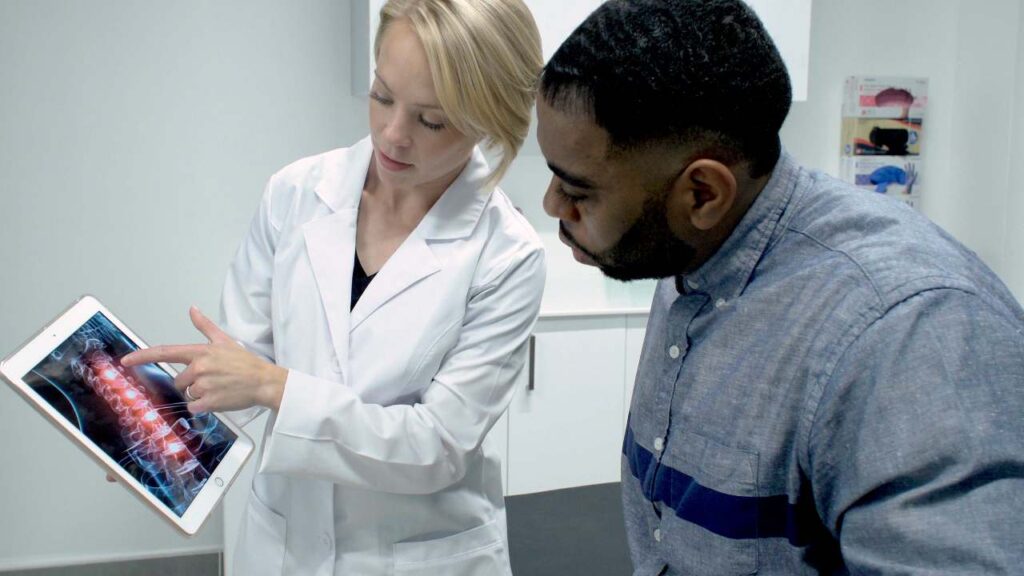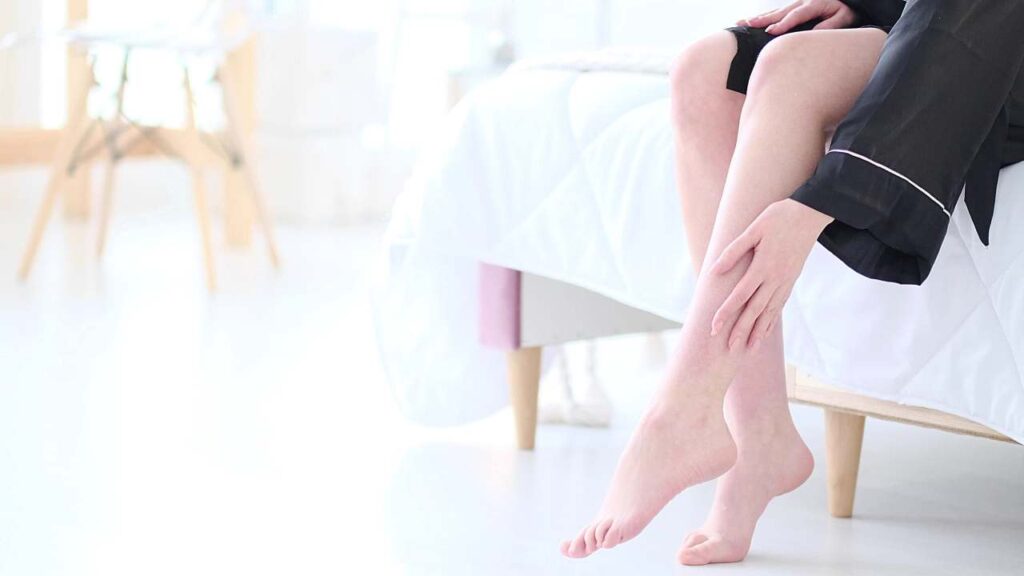Side Effects of Spider Vein Treatment
In the past, the only way to treat spider veins was through complex surgical procedures like vein ligation and venous bypass surgery. As is true for surgical procedures in general, these treatments had a high risk of side effects and complications such as deep vein thrombosis, infection, and others.
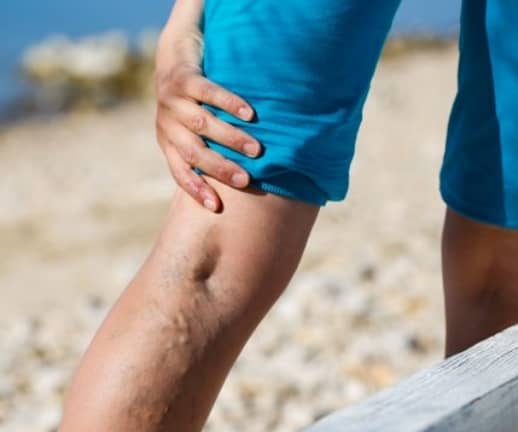
But thanks to modern medicine and advanced technologies, spider veins can now be treated with extremely simple minimally invasive procedures. These procedures have an extremely high success rate, they’re non-surgical, and they carry a negligible risk of side effects and complications.
If you have spider veins, you’re probably desperate to get rid of them. After all, no one feels comfortable with those web-like marks running across their skin. Most people with spider veins report that it affects their confidence and gives them major social anxiety. But, at the same time, you might also be concerned about spider vein treatment.
In this article, we discuss what are the best spider vein treatments and what are the side effects of spider vein treatment.
Side Effects of Sclerotherapy Treatments
Sclerotherapy is the most popular and most effective spider vein treatment available. During this procedure, the vein doctor injects a sclerosant solution into your veins. This medicine fuses the walls of the affected veins together in order to turn them into scar tissues. This removes the spider veins and restores effective blood circulation. Over time, the scar tissues gradually disappear as well. Within two to three weeks, you can expect up to 80% of the spider veins to go away.
Sclerotherapy is a completely safe procedure that causes minimal pain or discomfort. You will, however, feel slight irritation for about one day after the treatment and there will be a slight mark on the site of injection. In extremely rare situations, you may also experience hyperpigmentation, a condition in which the skin over the vein will darken. This will mostly be experienced by patients with pigmented skin and it will gradually fade away.
Side Effects of Other Spider Vein Treatments
The aforementioned sclerotherapy is the best spider vein procedure, but only if you’re not already suffering from venous insufficiency. However, if your spider veins are caused by chronic venous insufficiency, then you’ll need to seek treatments that address the underlying disease. Venous insufficiency is an issue in which your vein valves malfunction and blood pools in your leg veins. In this case, the vein doctor will need to treat the root cause of spider veins, i.e., the diseased saphenous vein. The following are the best venous insufficiency treatments and their side effects.
Radiofrequency Ablation
Radiofrequency ablation is also known as VNUS or ClosureFAST treatment. This procedure uses heat or thermal energy to irritate the walls of the diseased vein in order to close them down. The vein doctor creates an incision on your knee and inserts a catheter into your unhealthy vein under ultrasound guidance. This catheter delivers thermal energy to the walls of the vein to shut it down. The whole procedure generally concludes within 45 minutes and it causes minimal pain or discomfort.
The risk of side effects and complications is extremely negligible. There’s a small risk of bruising or stiffness. You may also experience some numbness on the surface of the skin. In rare situations, you may experience an allergic reaction, but a good vein doctor can usually identify the possibility before the treatment and avoid it. There’s also an extremely low risk of infection and an almost negligible risk of blood clots. You should seek treatment from a reputable vein doctor to minimize these risks.
Endovenous Laser Ablation
Endovenous laser ablation is a procedure similar to radiofrequency ablation. During this procedure, the vein doctor will inject local anesthesia into a small part of your skin and then place an endovenous laser into the unhealthy vein. The diseased vein will then be surrounded by anesthetic fluid and the vein doctor will activate the laser to irritate the vein walls and collapse the vein completely. This will close off the diseased vein and the accumulated blood will move to the healthier veins. Over time, the hardened vein will get absorbed by the body. After the procedure, you’ll have to wear an ace bandage for around 2 days and compression stockings for a week.
Endovenous laser ablation is also completely safe but it causes more post-procedural discomfort than radiofrequency ablation. This procedure also has an extremely rare risk of an allergic reaction, infection, or blood clots.
VenaSeal
VenaSeal is a minimally invasive procedure in which the vein doctor simply injects a fusing medicine into the unhealthy vein. This vein glue acts immediately and it fuses the vein walls together. The pooled blood automatically moves to healthier veins.
VenaSeal is the simplest procedure out there because it doesn’t even involve the use of anesthesia. You may experience slight inflammation at the site of injection, but that will also recede pretty soon.
Schedule your Spider Vein Treatment
At VIP Medical Group, we have some of the most qualified and patient vein doctors in the country. All of our vein doctors are board-certified, Ivy League-educated, and they have a flawless track record with patients. If you want to treat spider veins permanently without suffering any of the side effects, then please schedule your spider vein treatment today.

